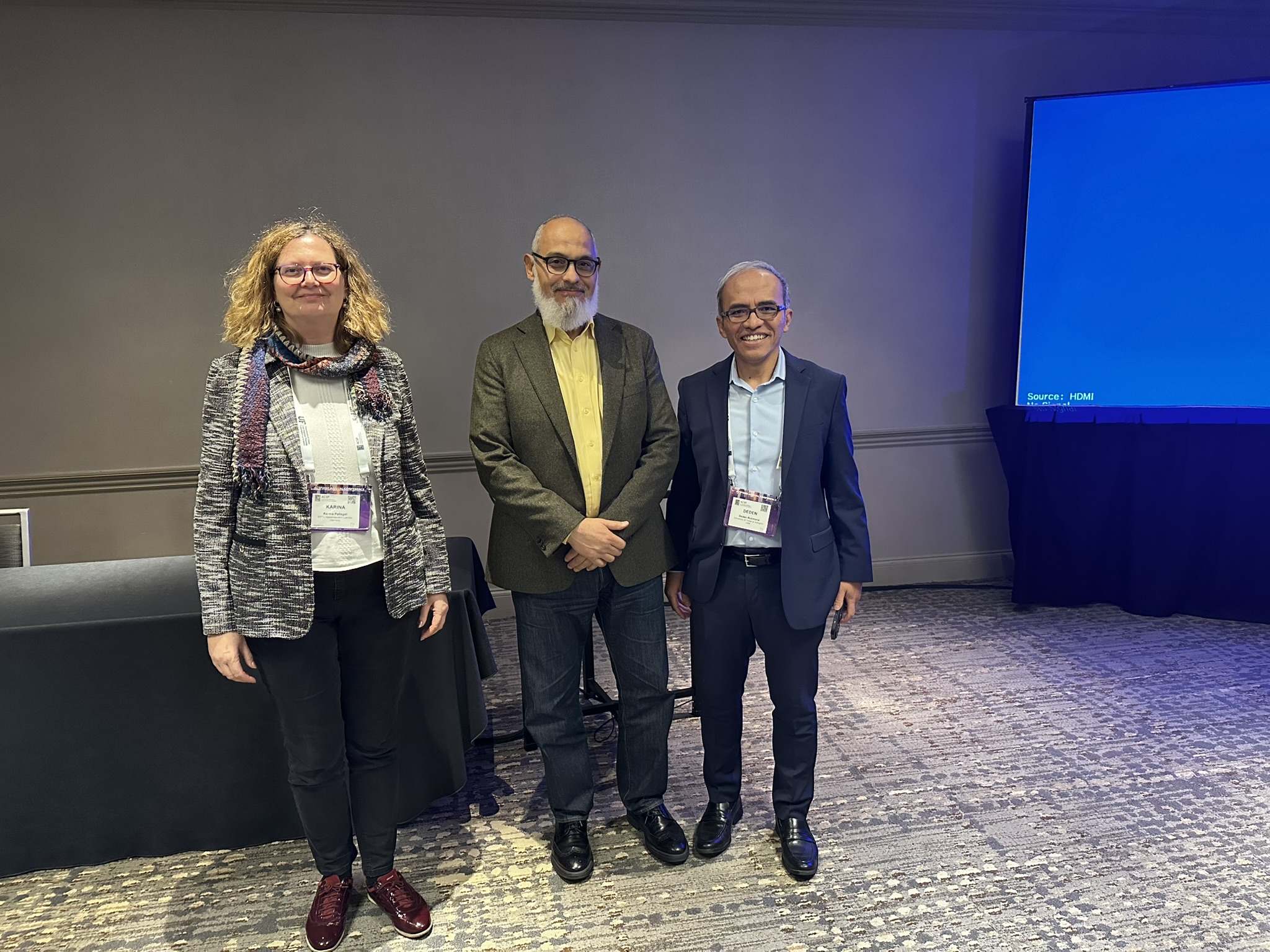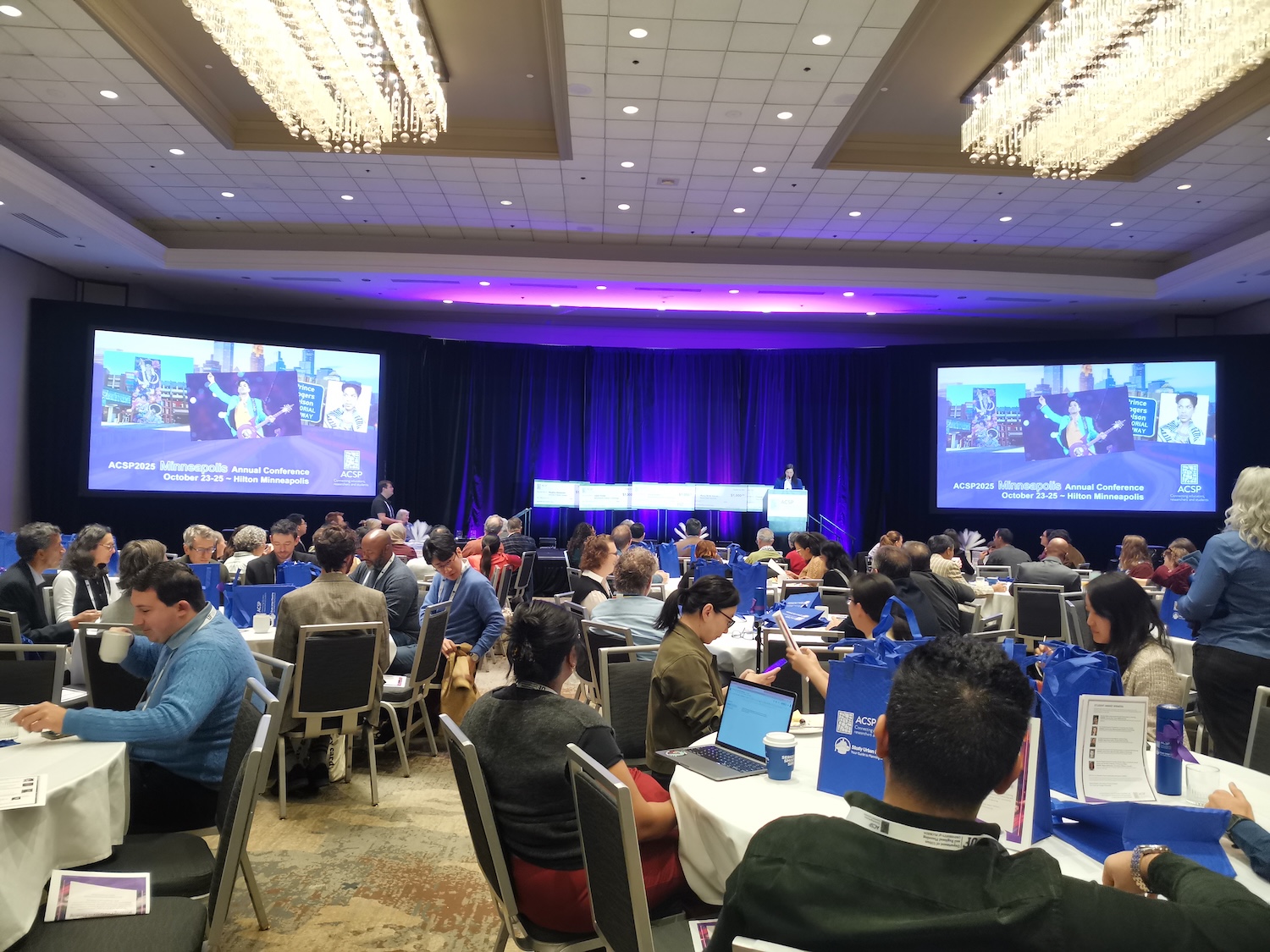Both participated in a GPEAN-organized session on “Planning Core Competencies”, chaired by Deden Rukmana. In their joint presentation, they introduced AESOP’s Core Curriculum, which defines the essential knowledge, competencies, and values for spatial planners in the 21st century. The Core Curriculum also serves as a benchmark for evaluating and admitting new member schools and their programmes. Together with Thorsten Wiechmann, Jean-Michel Roux (APEREAU), and José Faria, the session fostered insightful exchanges and paved the way for potential collaborative publications on competencies in planning education.
In addition, Karina and Hossam took part in the joint AESOP–ACSP panel on “US–Europe Comparative Urban and Regional Development in a Time of Planetary Challenges”, facilitated by Antonio Raciti. The session addressed how climate change, inequality, demographic shifts, and environmental pressures are reshaping urban and regional development, calling for adaptive, sustainable, and just planning models.
Karina’s presentation emphasized that while global crises require multi-scalar approaches, shrinking cities—long familiar with economic and demographic decline—can act as laboratories for innovation and resilience. Her talk explored how planning cultures and paradigms must evolve as challenges increasingly transcend national borders, requiring new forms of cooperation and governance.
Hossam’s contribution focused on European cross-border regions as spaces of experimentation enabled by EU frameworks. He showed how cities and regions—rather than states—often lead practical initiatives across borders, revealing both opportunities and tensions in planning beyond the nation-state. Cross-border regions, he argued, are emerging as a new definition of the European city-region.
Other speakers—including Amal Barre, Andre Lerganza, Elisabeth Infield, Lucie Laurian, and Julian Hartman—offered complementary perspectives on planning policies in post-growth and degrowth contexts. The session generated a rich transatlantic dialogue on shared planning challenges.
The conference attracted over 1,000 participants, most from the United States. Notably, there was strong interest in the track “Technology, Society, and Analytical Methods”, with many presentations addressing AI in planning—its applications, limitations, and ethics. A pre-conference workshop on AI and planning, attended by Hossam, highlighted the growing momentum around this topic.
Finally, the dialogue between ACSP and AESOP will continue through a joint task force, involving also Ivis Garcia, the newly elected ACSP President.




